
Some creatures on this planet seem like they’ve cheated time. They’ve survived ice ages, mass extinctions, and changing climates while their ancient relatives vanished completely. You’d think they’d be fossils by now, but they’re very much alive—crawling, flying, and swimming among us. These animals are often called “living fossils,” and their stories are equal parts strange, inspiring, and mind-blowing. Ready to meet the survivors that just won’t quit?
1. Horseshoe Crabs: Ancient Armor That Still Works
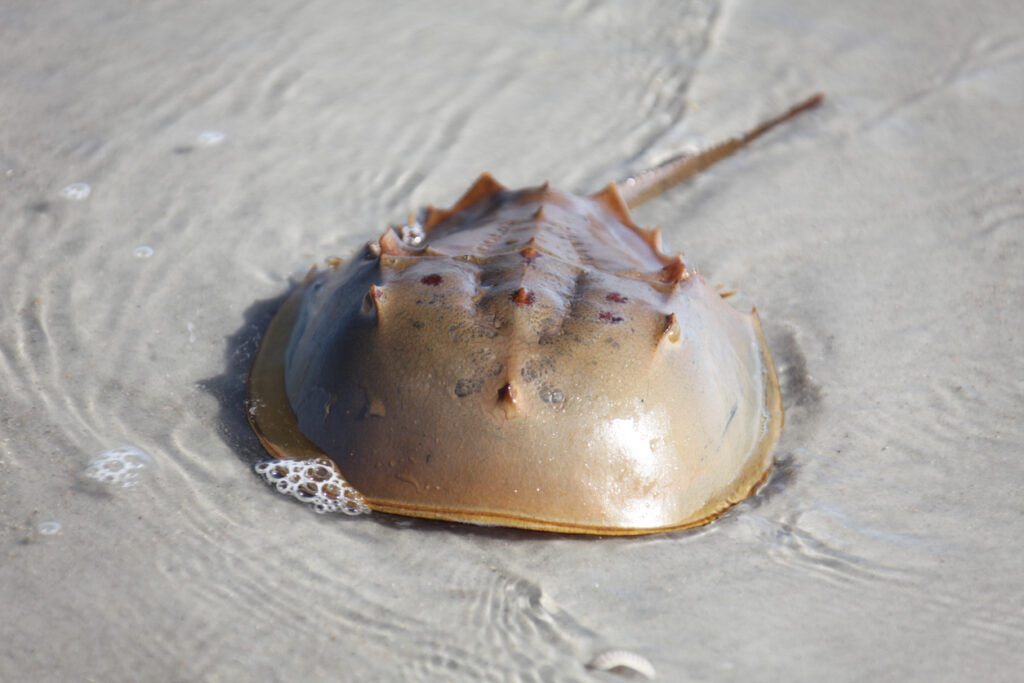
With their helmet-like shells and spiky tails, horseshoe crabs look like they walked straight out of a prehistoric ocean and in a way, they did. These creatures have existed for more than 450 million years, predating dinosaurs and even trees. Despite their scary looks, they’re gentle bottom-feeders, often seen crawling along beaches during mating season.
What’s even weirder is that their blue blood is incredibly valuable in modern medicine, used to test for bacterial contamination in vaccines and IV drugs. They’ve survived multiple mass extinctions thanks to their hardiness, simple physiology, and low maintenance lifestyle. While modern threats like habitat loss and overharvesting for pharmaceuticals pose risks, conservationists are working to keep this ancient lineage alive. They may look strange, but they’re one of Earth’s most important survivors. Source: Wikipedia
2. Coelacanths: The Fish That “Un-Extincted” Itself

For decades, scientists thought the coelacanth had died out with the dinosaurs. That is, until one was caught off the coast of South Africa in 1938. This deep-sea fish stunned researchers, it had been swimming through Earth’s oceans for 400 million years and no one had seen it alive in modern history. Coelacanths have lobed fins that resemble primitive legs, hinting at how animals may have first crawled onto land.
They live deep underwater, often near volcanic slopes, which may explain how they managed to escape extinction and human detection. They move slowly, live for decades, and breed late in life, all traits that have helped them survive without drawing too much attention. The coelacanth isn’t just a fish, it’s a living link to Earth’s ancient story. Source: ScienceDaily
3. Tuatara: The Lizard That’s Not Quite a Lizard

At first glance, the tuatara looks like an ordinary reptile you might find sunning itself on a rock. But look a little closer, and you’ll see that this creature from New Zealand is in a class all on its own. Tuataras are the last survivors of a reptilian order that thrived over 200 million years ago. They have a third eye on their forehead, not for vision, but likely for regulating sunlight and biological rhythms.
Unlike other reptiles, they grow very slowly and can live for over 100 years. Their slow metabolism may be one of the reasons they’ve outlasted their cousins, and their isolated island habitat has helped them avoid predators and competition. In an evolutionary sense, they’re living fossils holding on while the rest of their kind disappeared. Source: SanDiego Zoo
4. Nautilus: The Original Submarine
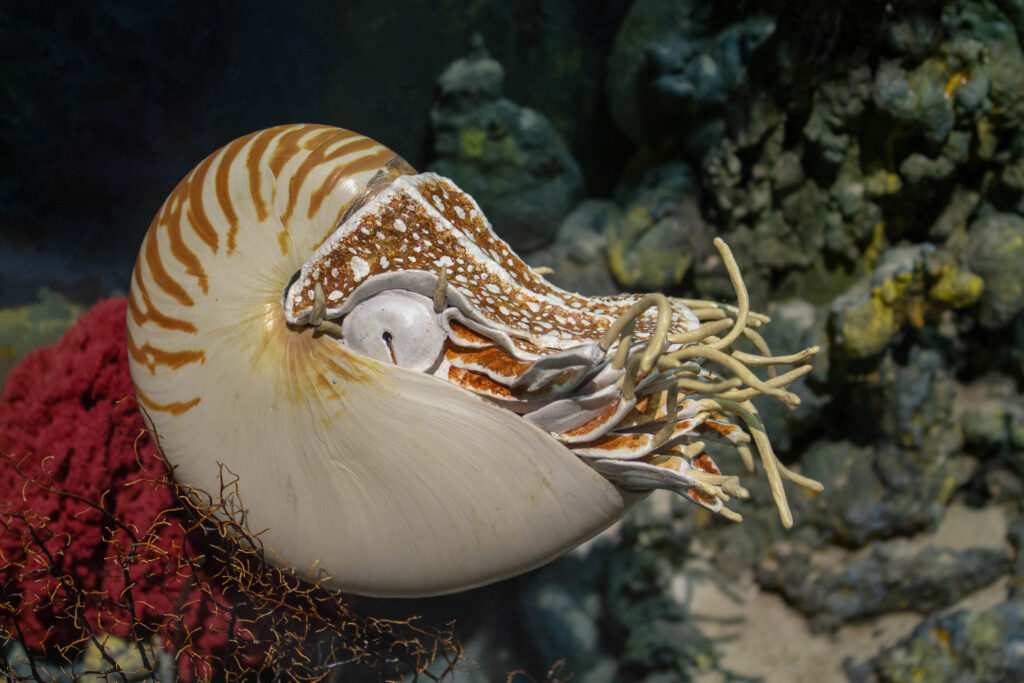
With their spiraled shells and tentacle-like arms, nautiluses look like something out of a Jules Verne novel. But these deep-sea creatures are more ancient than almost anything in the ocean. They’ve been floating through Earth’s waters for over 500 million years, using gas chambers in their shells to control buoyancy like a natural submarine.
Unlike their smarter relatives, octopuses and squids, nautiluses haven’t changed much over time. Their simple design works, so evolution hasn’t needed to tinker much. They’re slow movers and live in deep waters, which helps them avoid predators. Unfortunately, their beautiful shells have made them targets for collectors and souvenir shops, threatening their future. Scientists now see them as key to understanding early ocean life and as proof that sometimes, old-school designs still hold up. Source: National Ocean Service
5. Goblin Shark: The Deep-Sea Time Traveler
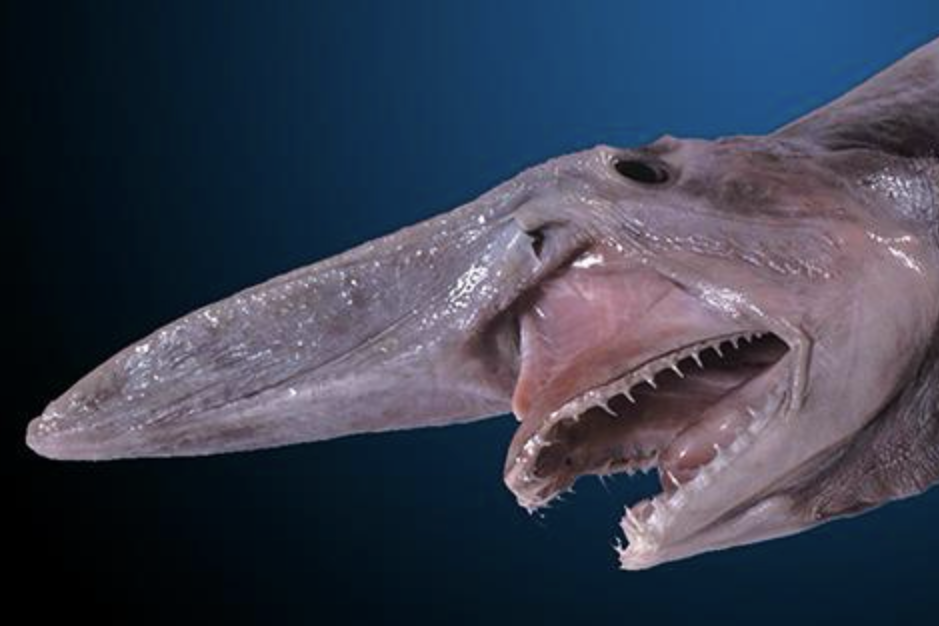
If nightmares had a mascot, the goblin shark would be it. With its long snout, nail-like teeth, and jaw that unhinges like something out of a sci-fi flick, it’s one of the weirdest sharks alive. But behind that terrifying face is a story of survival. Goblin sharks have barely changed for over 125 million years. They live so deep in the ocean, sometimes more than 4,000 feet down that humans rarely see them.
Their remote habitat and slow-moving lifestyle have helped them avoid both predators and people. They use electrical signals to hunt prey in the dark and their extendable jaws give them a unique edge in catching food. While they look bizarre, they’re a perfect example of evolutionary efficiency. This living fossil proves that sometimes weird is what works. Source: Florida Museum
6. Ginkgo Biloba Tree: A Plant That Refused to Die
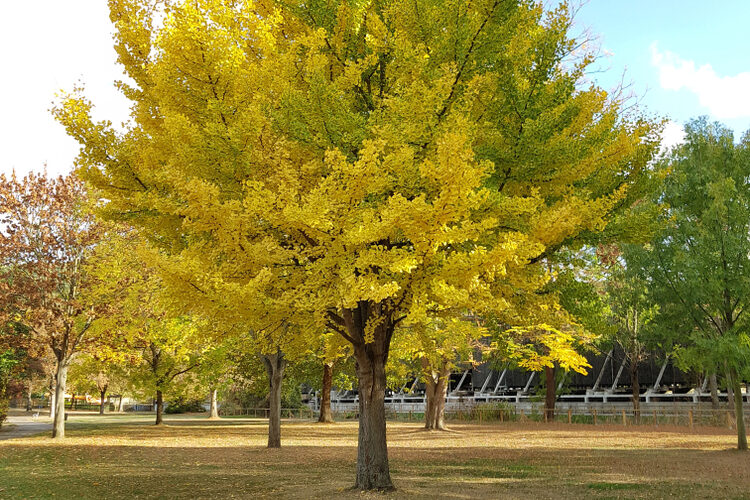
Okay, it’s not an animal but the ginkgo tree deserves a spot on this list. Native to China, this tree has been around for more than 270 million years and is the last living species of its kind. You can find them growing along city sidewalks today, but ginkgos once shared the planet with dinosaurs. They’re incredibly resistant to disease, pollution, and even nuclear radiation; some were among the first trees to regrow after the atomic bombing of Hiroshima.
Botanists are still amazed at how well these trees adapt to modern environments. Their fan-shaped leaves and strong roots help them weather storms and drought alike. While their fruit smells… unforgettable, their staying power is undeniable. The ginkgo is a reminder that even the oldest living things can still find a place in the modern world.
7. Shoebill Stork: The Bird That Time Forgot
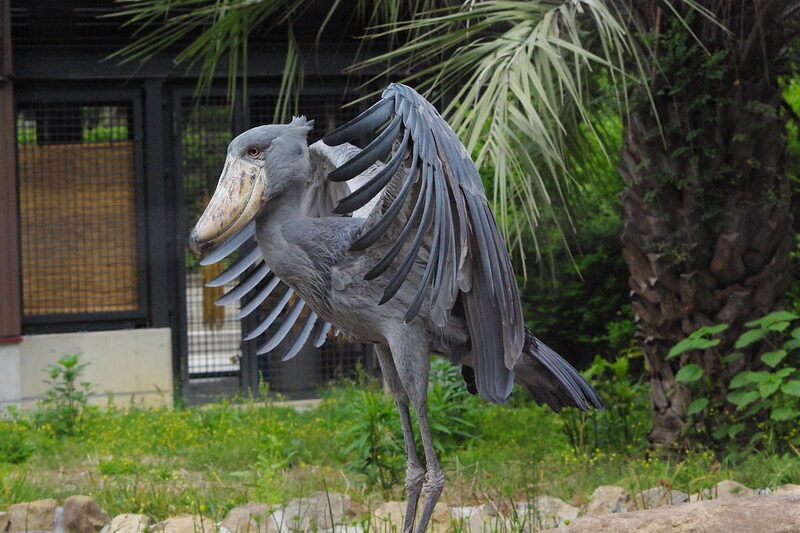
Towering up to five feet tall with a beak that looks like it belongs on a dinosaur, the shoebill stork is one of the most prehistoric-looking birds alive. Found in the swamps of central Africa, this bird doesn’t just look ancient, it acts ancient too. It moves slowly, remains eerily still when hunting, and makes clacking sounds with its beak that resemble old-school machinery.
Though it belongs to the stork family, its genetics and behavior make it an evolutionary outlier. Despite modern habitat loss, the shoebill has managed to survive thanks to its remote wetlands and stealthy habits. Conservationists are working to protect these strange birds, partly because they offer rare insight into how ancient birds may have behaved. Watching a shoebill is like looking into the past with feathers.
8. Velvet Worm

It might look soft and squishy, but the velvet worm is a fearsome little survivor. These odd creatures, which look like a cross between a caterpillar and a slug, have been crawling through forests for over 500 million years. Found mostly in tropical regions, they’re living fossils with a unique hunting method, they shoot sticky slime to trap prey before devouring it. That alone makes them one of the few creatures to have developed an external glue weapon.
Their bodies haven’t changed much over time, and they reproduce in ways that resemble early evolutionary experiments; some even give live birth. Scientists love studying velvet worms because they show how early land animals may have moved and hunted. They’re tiny, bizarre, and somehow still here. Honestly, it’s kind of awesome.
NATURE KNOWS HOW TO HOLD ON. WHICH OF THESE SURVIVORS WOWED YOU MOST? DROP YOUR THOUGHTS OR TAG SOMEONE WHO LOVES ANIMAL ODDITIES!


